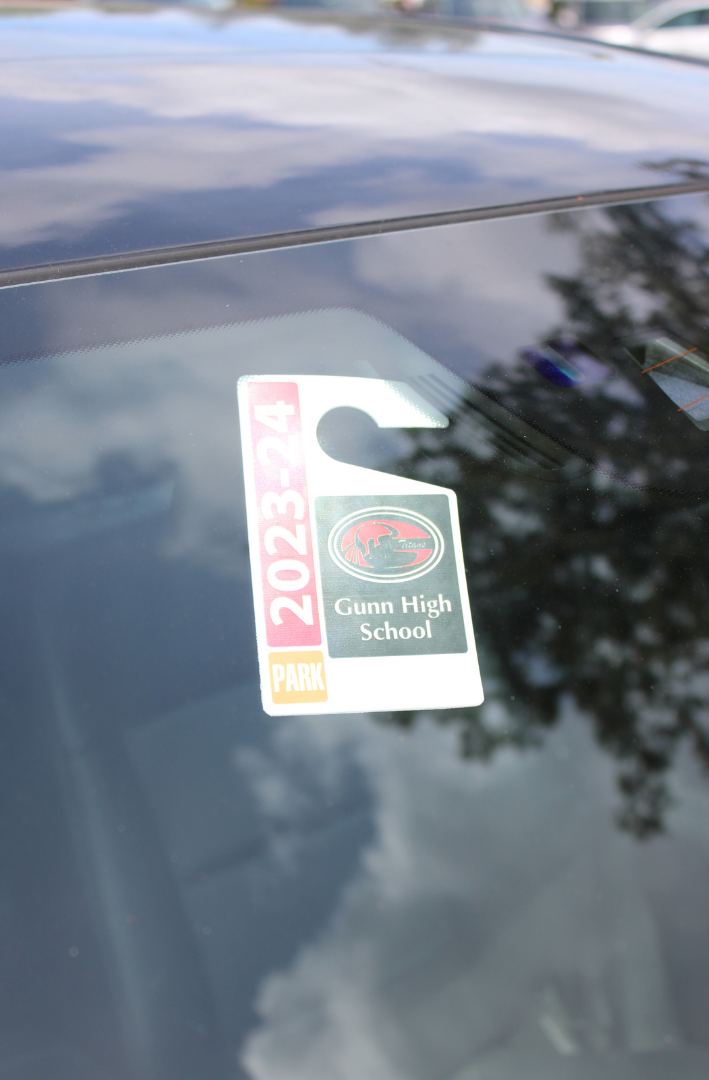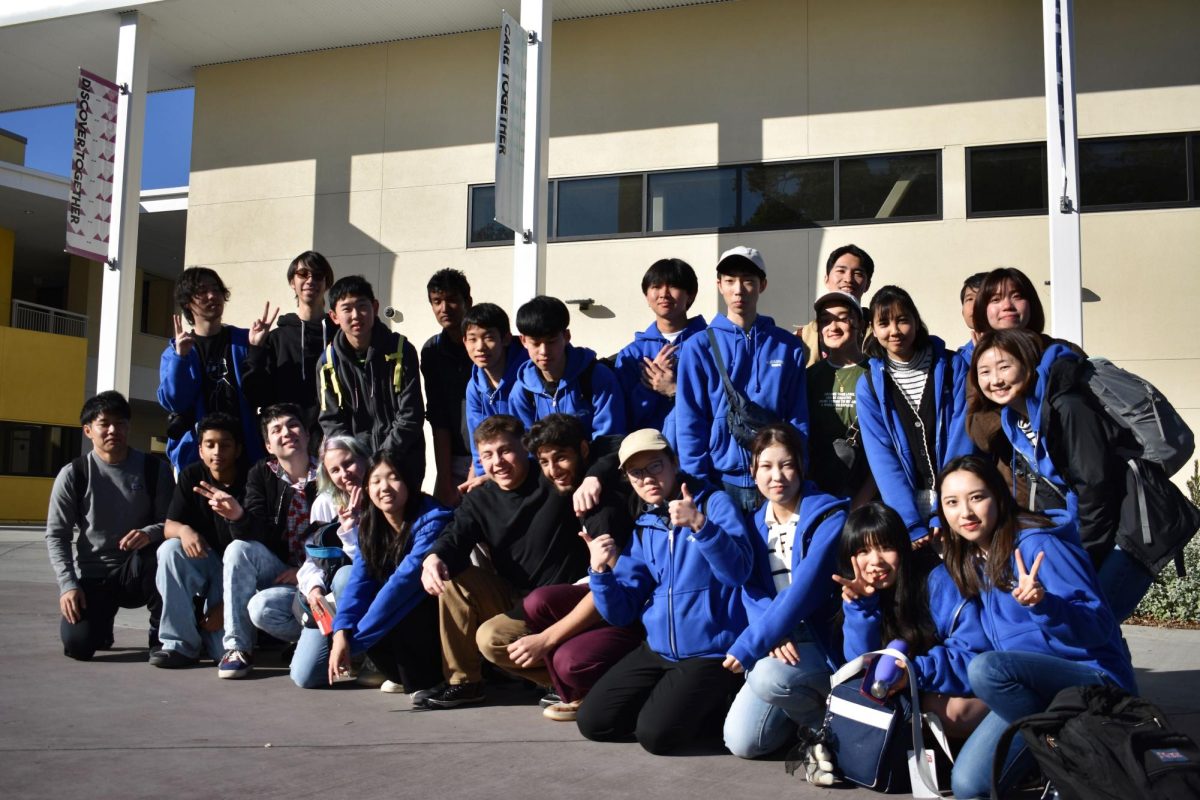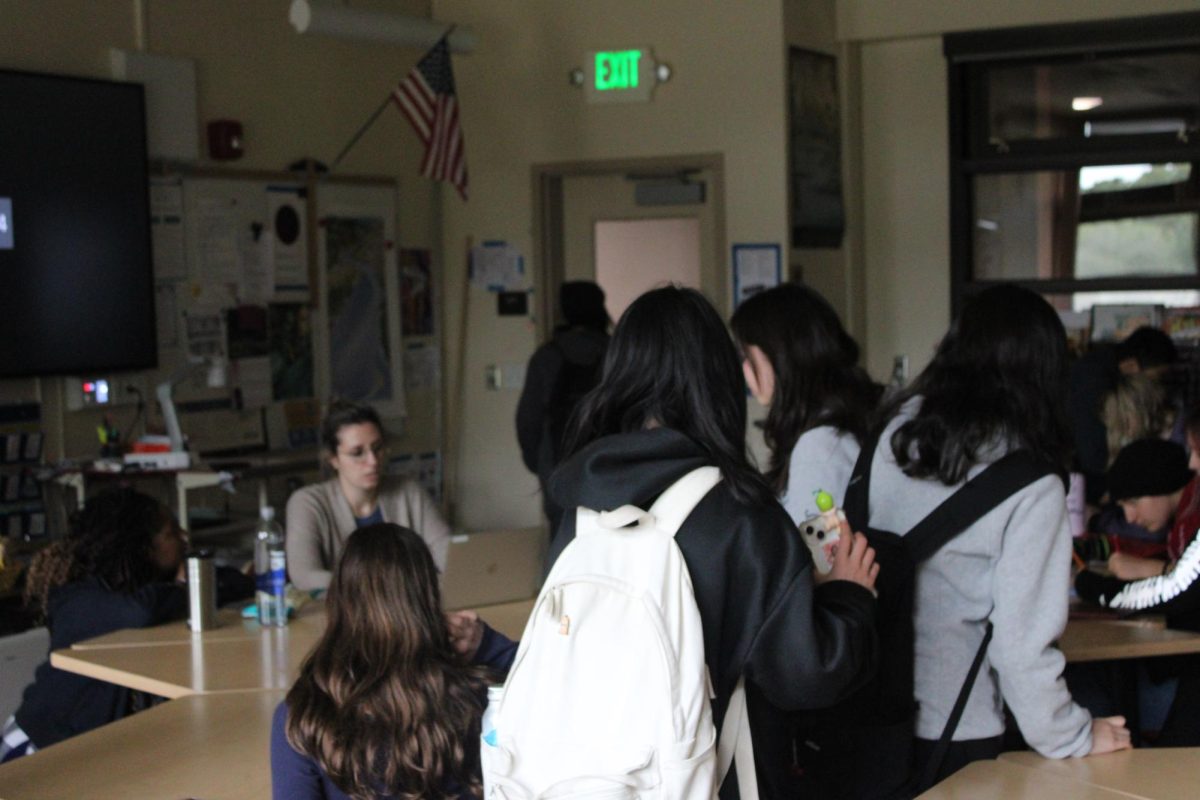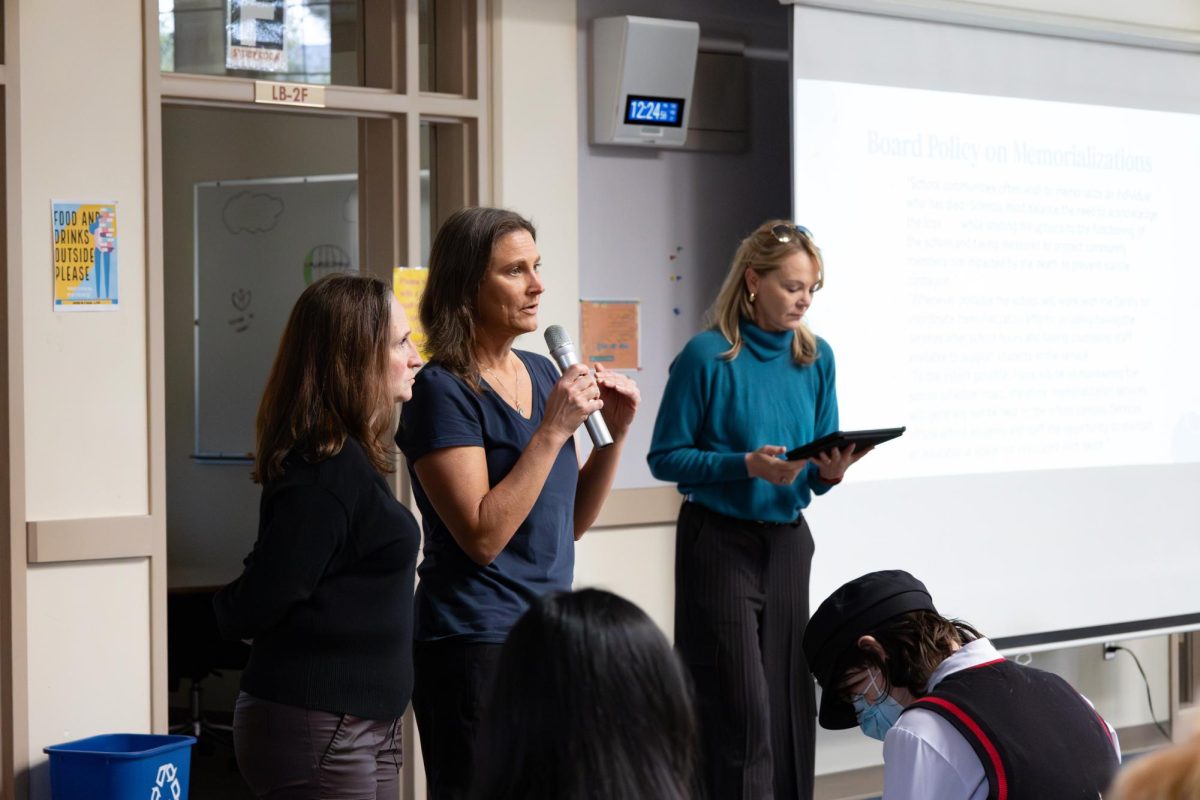Written by Grace Ding
This year, administration is working with the Wellness Center and Youth Community Service (YCS) to reform the current Thursday school system. To shift the response to truancy and tardiness from punitive to restorative as well as align with the California Education code, Gunn has adopted various changes to improve students’ engagement to attending class.
According to Assistant Principal Miriam Stevenson, the district has been adjusting board policies to have more consistent practices in line with the California Education Code. “For students, what that translates to is what will feel like a tightening threshold of what makes truancy trigger responses,” Stevenson said.
The main changes this year are the splitting of Thursday school into Tuesday and Thursday sessions, the addition of working with YCS as an option to fulfill the time requirement, and more outreach from the wellness center to provide individualized help for students.
In the past, Thursday school was a once per month, four-hour block of detention that students were referred to based on cuts and tardies. Four unexcused absences, or cuts, in one class period triggered a referral, while five tardies in one class period resulted in two hours of Thursday school.
While the referral policy for tardies will remain the same, three cuts total in any class period will now result in a letter to parents. “At three cuts you don’t actually get the referral,” Stevenson said. “Normally the referral would come at the sixth cut overall when there has not been a change in the pattern a er that the letter is sent home at the third cut.”
Starting in December, there will be two-hour sessions on Tuesday, as well as the incorporation of Thursday tutorial as the first hour of Thursday school. These Tuesday and Thursday sessions will be held every other week. Stevenson is working on putting together a diverse staff with teachers across various subjects that can support individual needs of students during the Tuesday session. “For Thursday, students will be able to sign in with a class they’re struggling with or missing for the first hour,” Stevenson said. ” e second hour would have the same work-study structure as before, where we provide a general workplace with computers available.”
One previously noted drawback of Thursday that also inspired reform this year was its ineffectiveness as a singular four-hour block of time.
“We were finding that [four hours] is a long period of time on Thursday, and it disadvantages several groups of people, including students who work, students who help support their families and athletes,” Stevenson said. “It wasn’t serving it’s purposes and o en was counterproductive to re-engaging students, connecting them and helping them being successful to school.”
In addition to reforming the structure of the sessions, administration is also piloting alternative intervention methods. In early October, the Wellness Center held the first session of a partnership program with YCS in which students can make up the hours they missed of class through service. “Students get to engage in local projects, find their purpose and use their time in things that they’re passionate about,” wellness outreach worker Myrna Zendejas said.
Another approach that has been brought further to attention this year is an individualized response of working with students to identify barriers and help them get back to class. Social work intern Richard Alvarado regularly meets with students at the Wellness Center in order to understand why they’re disconnecting; the goal is to then seek and implement appropriate prevention methods. “[My work is] meeting with the student, seeing where their areas of need are, seeing what kinds of things we can try to re-engage them with [and] incorporating those areas and any kinds of avenues of support to increase their attendance,” Alvarado said. “We’re encouraging them to make the most out of what the school has to offer them.”
Administration will also continue its work on creating individualized plans that allow students to demonstrate improvement. “If students are having difficulty attending school, we’ve come up with attendance plans for them so they can meet with their teacher, counselor, or therapist [etc.] at specific times,” Stevenson said. “We give them credit for that time because they’re giving back their free time, showing up when they’re expected to for an appointment and reconnecting with someone who knows them and can check in with them and support them.”
Through these changes, Stevenson hopes students will feel that someone knows them, are aware of their absence and wants them present. “Attendance and tardies are just two indicators, or two data points we have, of how well our students are doing and whether they’re engaged, connected and feeling successful,” she said. “As a school, Gunn recognizes that one punitive response doesn’t really help address the underlying need unique to each student; instead, we want to identify what unique to you is going on, and how we can help to address that and interrupt this pattern.”









